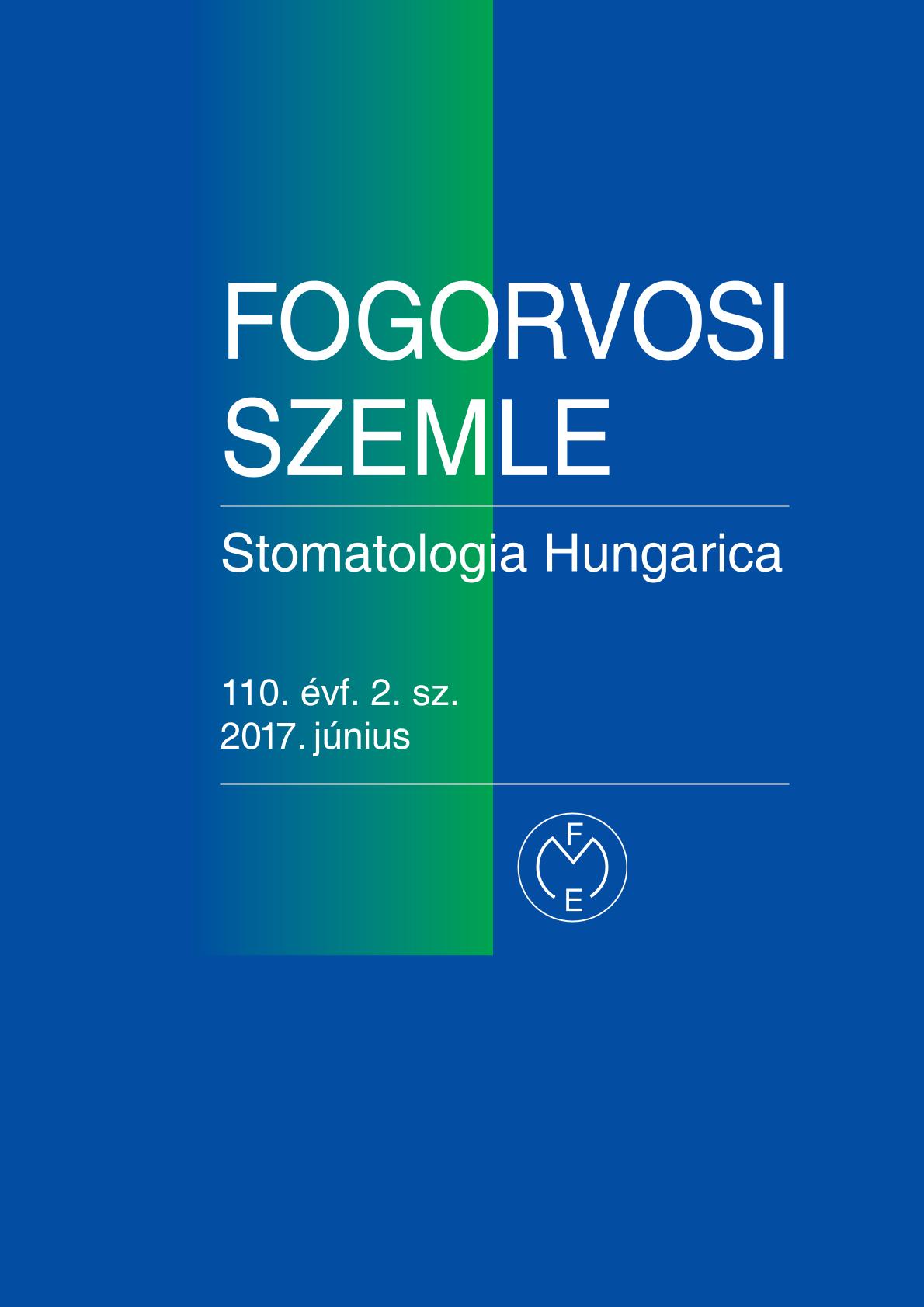The Creeping Attachment Phenomenon
Review of the Literature and Case Series
Abstract
The occurrence of creeping attachment (CA) has been shown both with autogenous epithelial (eCTG) and subepithelial
connective tissue masticatory mucosa grafts (sCTG). The purpose of this case series was to show the process and the
occurrence of CA in the short and also in the long term. The first case with a deep Miller class III gingival recession and
frenulum pull presents the result of a corrective mucosal plastic surgery with eCTG aimed at deepening the vestibulum.
This resulted not only in wider kreatinised gingiva (KG) but also in a partial coverage of the denuded root, therefore the
planned second coronally advanced flap surgery became unnecessary. In addition, CA reduced the recession to 0,5 mm
(approx. 95% coverage) in three years following surgery. The second case follows up the healing/maturation process
of a Miller Class II recession with extended cervical abrasion. The surgery with sCTG improved the preoperative 9 mm
gingival recession to 3,5 mm resulting in only a 60% root coverage. However, 95% root coverage and improved biotype
was achieved over 3 years. The 3rd and 4th cases follow up the result of mucogingival surgeries with sCTG and eCTG
respectively over several years. The fresh suboptimal clinical results underwent marked improvement throughout the
follow-up period. Nevertheless, 10 years after surgery complete root coverage was achieved in the Miller class II case
and partial root coverage alongside marked apical widening of the KG was observed at the Miller class III defects. CA
seems to occur commonly, in addition according to the authors’ experiences and the presented cases CA does not restrict
to the first two postoperative years, but continues over the years. Nevertheless, complete root coverage following
CA is not predictable in Miller Class III defects.
Copyright (c) 2021 Authors

This work is licensed under a Creative Commons Attribution 4.0 International License.


.png)




1.png)



